Key Takeaways:
- The ear is what first comes to mind when we think about hearing, but we also hear with our brains.
- The brain makes sense of incoming sounds in the auditory cortex, and higher level processing helps us understand speech.
- The two mechanisms that the brain uses to interpret sounds fall into the "what" and "where" buckets.

Hearing is complex, involving several intricate processes and ending with higher-level processing in the brain. That being said, hearing keeps us connected with the world around us.
As an audiologist, patients often ask me how well they hear based on their audiogram. But, how exactly does hearing work and what part of the brain controls it?
This article will explore how hearing works, which part of the brain controls hearing, and how to understand the science behind hearing.
How Hearing Works

Before we dive into the part of the brain that controls hearing, let's first understand how hearing works.
Your ear is divided into three parts:
- Outer ear
- Middle ear
- Inner ear
Outer Ear
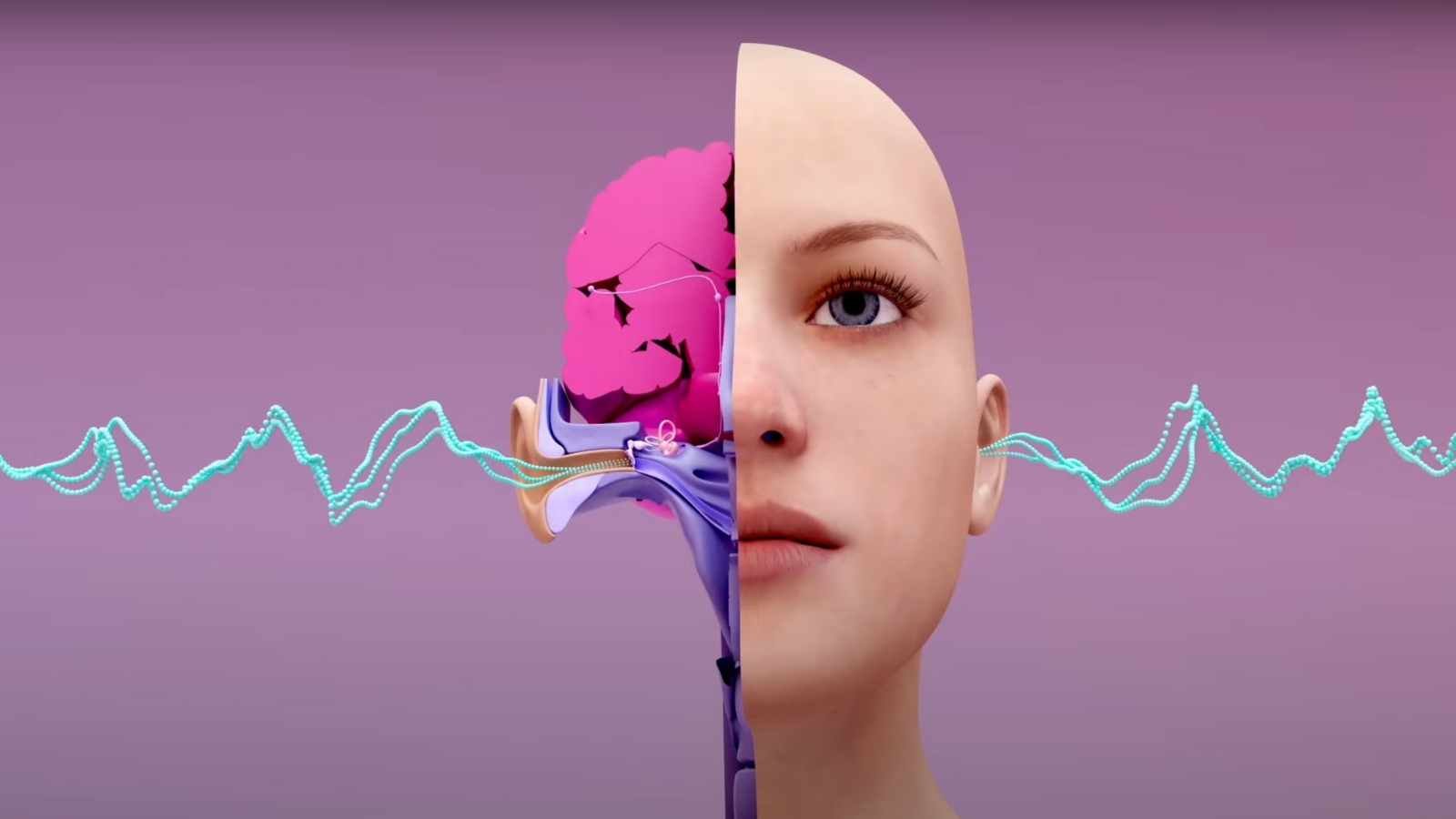
Sound begins as a pressure wave that moves air particles. So, when the outer ear captures sound waves, it funnels it down through the ear canal toward the eardrum.
.jpg)
Now, the eardrum is a delicate and thin membrane that can perceive tiny movements from these air particles that then cause it to vibrate.
Middle Ear
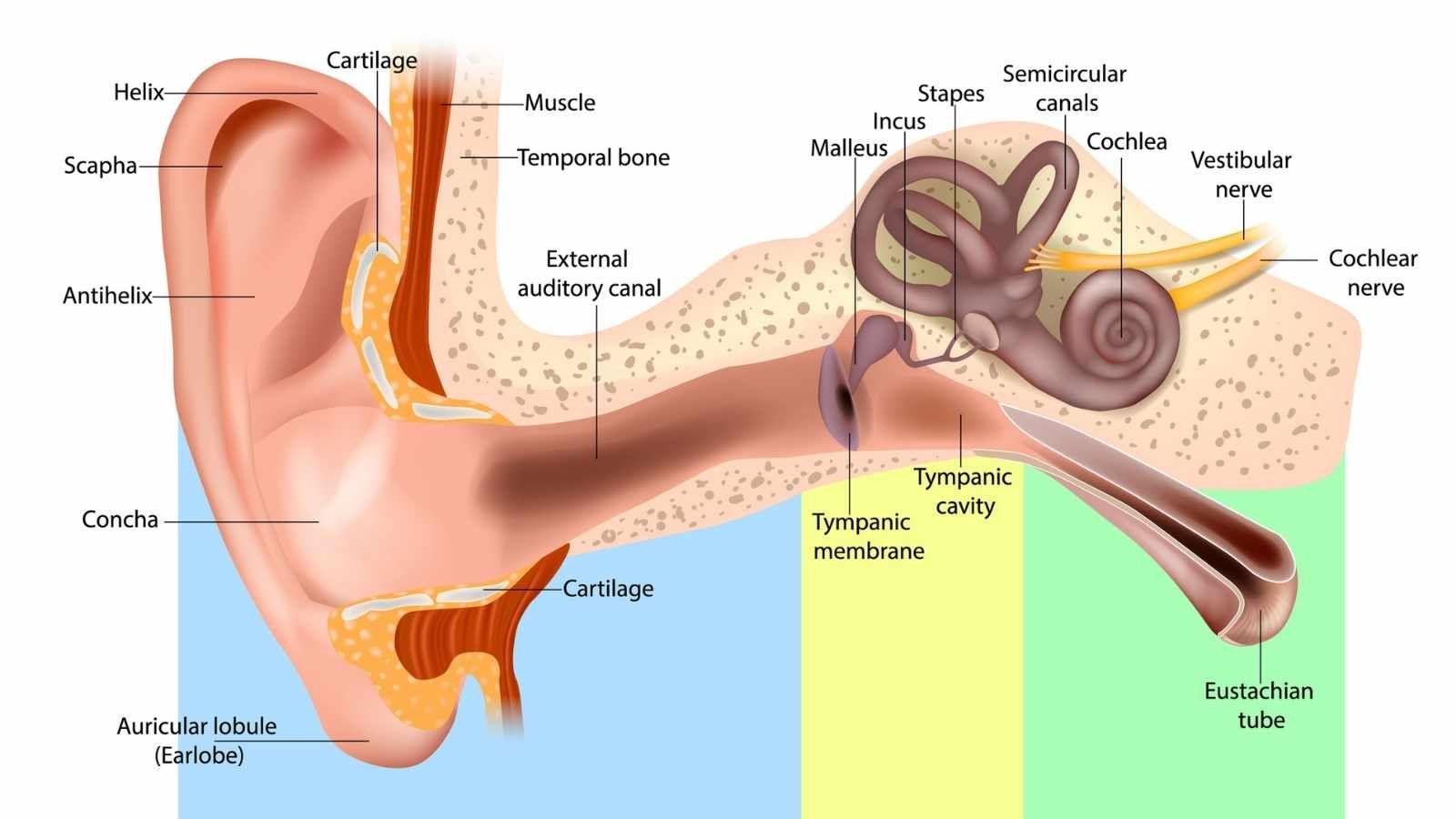
The eardrum's vibrations push the three bones (malleus, incus, and stapes) behind it to move as a chain.
This effectively transforms from pressure waves in the air (sound waves) to mechanical movements of the ossicles.
As the stapes bone pushes on the oval window, the entrance to the cochlea, the lever action of the movement of the ossicles, helps amplify the sound as it enters the cochlea.
Inner Ear
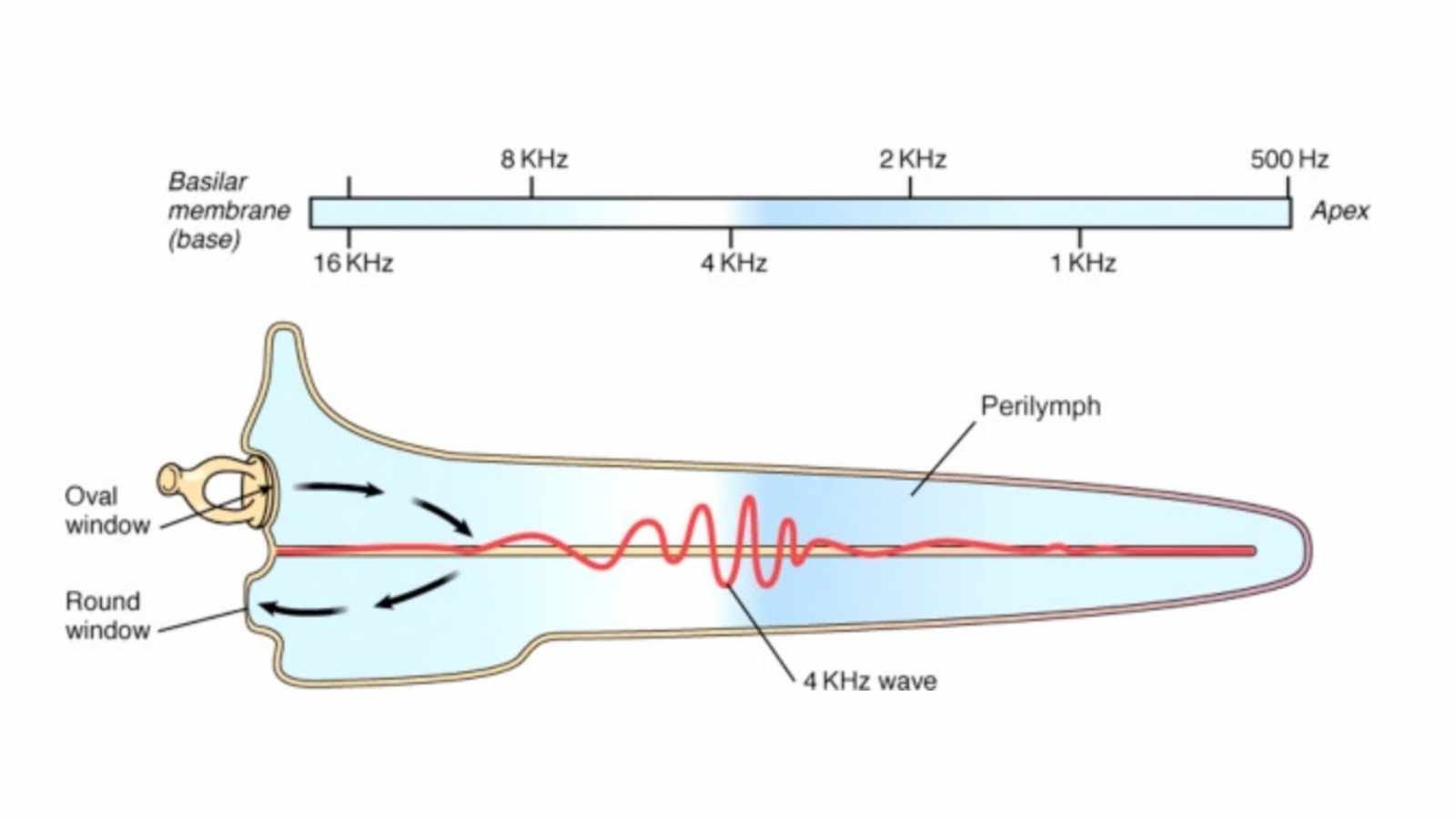
The inner ear is where the cochlea resides, a spiral-shaped fluid-filled organ.
The stapes footplate pushes on the cochlea's oval window, transforming the mechanical energy into hydraulic energy.
Then, the movement of the fluid in the cochlea triggers movement of the basilar membrane, which creates a traveling wave in the cochlea.
This traveling wave triggers movement from the inner ear hair cells through the shearing motion of the tectorial membrane.
From there, the chemical reactions resulting from this movement cause hair cells to convert the vibrations into electrical signals, which travel from the auditory nerve to the brain.
What part of the brain controls hearing?
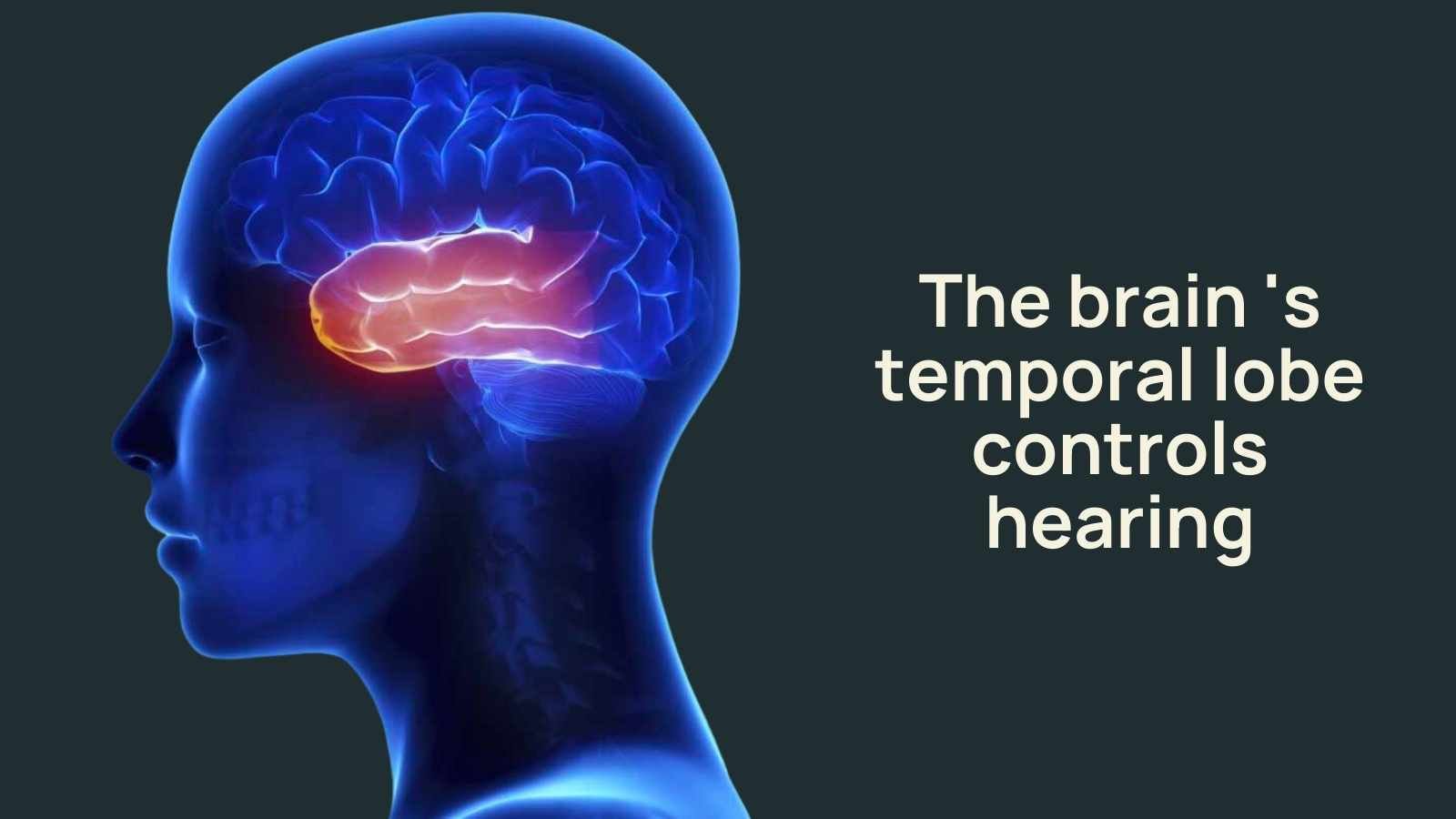
Let’s start with the brain’s temporal lobe.
The auditory cortex in the brain's temporal lobe is responsible for processing sound signals sent from the auditory nerve.
Therefore, this brain region is responsible for interpreting and understanding the different elements of sound, such as pitch, tone, and frequency. With all of this sound processing, the auditory cortex can help us differentiate sounds and recognize speech.
How does it work?
The signals from the right ear travel to the auditory cortex on the left side of the brain, while the signals from the left ear travel to the auditory cortex on the right side of the brain.
Think of this part of the brain—the auditory cortex—like the control room that receives and then filters, processes, and sorts the information.
What tasks does the brain control?

From the sound that comes in, the brain perceives an auditory scene and creates what is known as an "auditory object."
For example, when you hear a dog barking, it is not just random noise. The brain processes the sound, interprets this as a sound in the environment, and then identifies it as a specific type of animal, known as a dog.
The brain also does so much more. It can also tell you that the dog is located to your right, the dog is headed in your direction and sounds friendly. It's an amazing process when we stop to think about it.
Finally, the brain maps this sound onto memory and associations of the sound you've encountered.
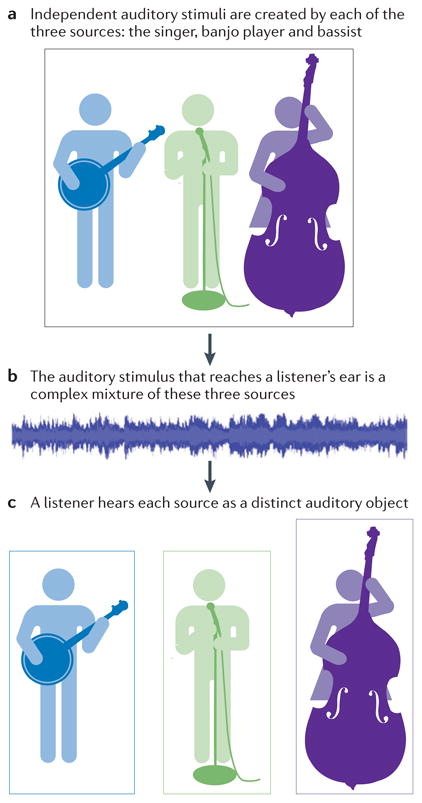
The "What" Pathway

This process occurs by mapping the sound onto its meaning. Was the sound from a human or an animal? Is it a dog? Or is it a different kind of animal?
The brain uses the "what" pathway to help process and determine the source of the sound.
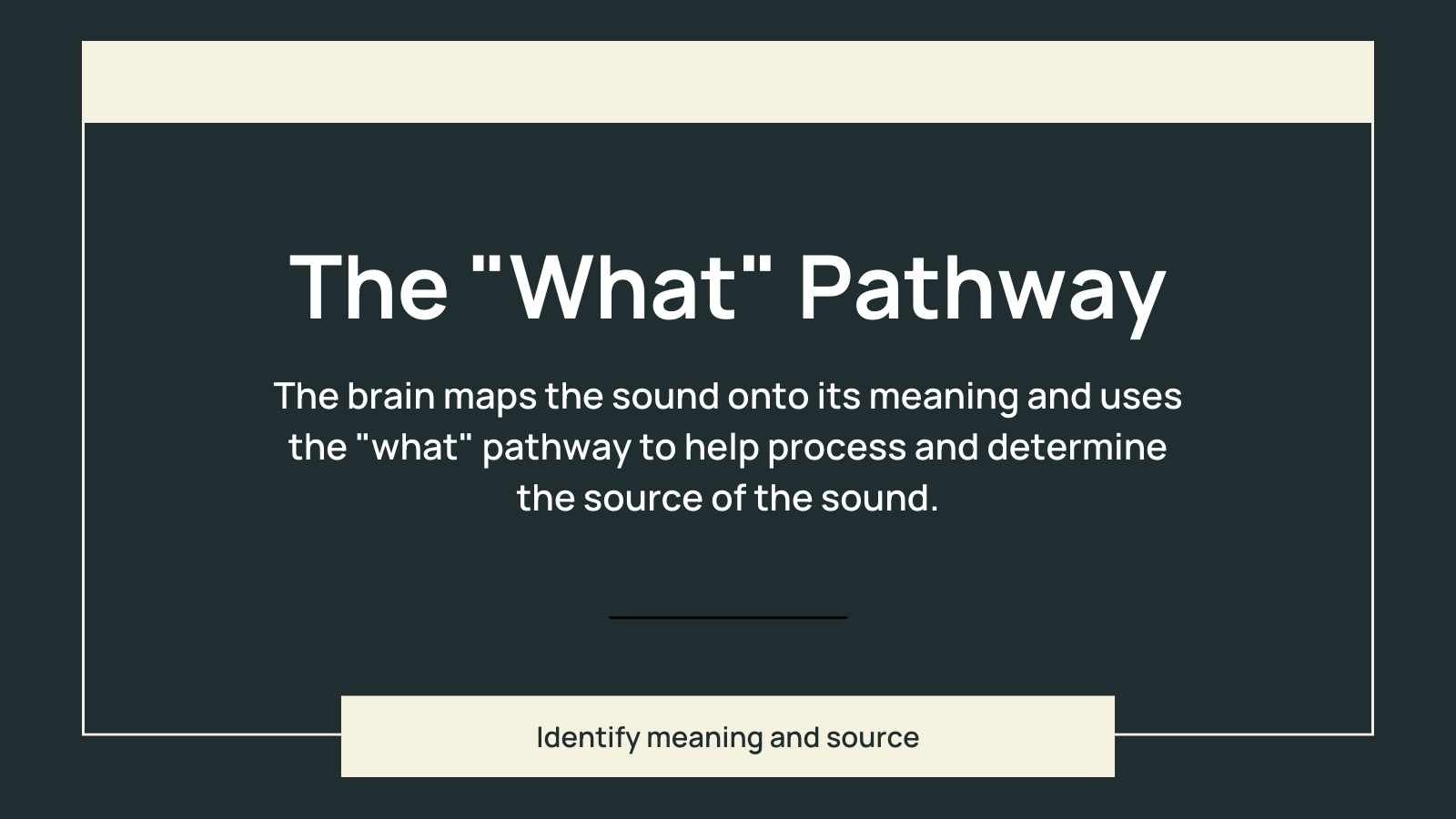
Fortunately, the brain can draw on its memory of different animals or other categories of sounds and sorts through them to determine its source. The brain uses the dorsal pathway to identify the auditory object.
The "Where" Pathway

As the brain processes the auditory object, it can also determine the location of the sound it perceives.
For example, is the object behind, in front, to the left or to the right? Is the object moving or stationary?
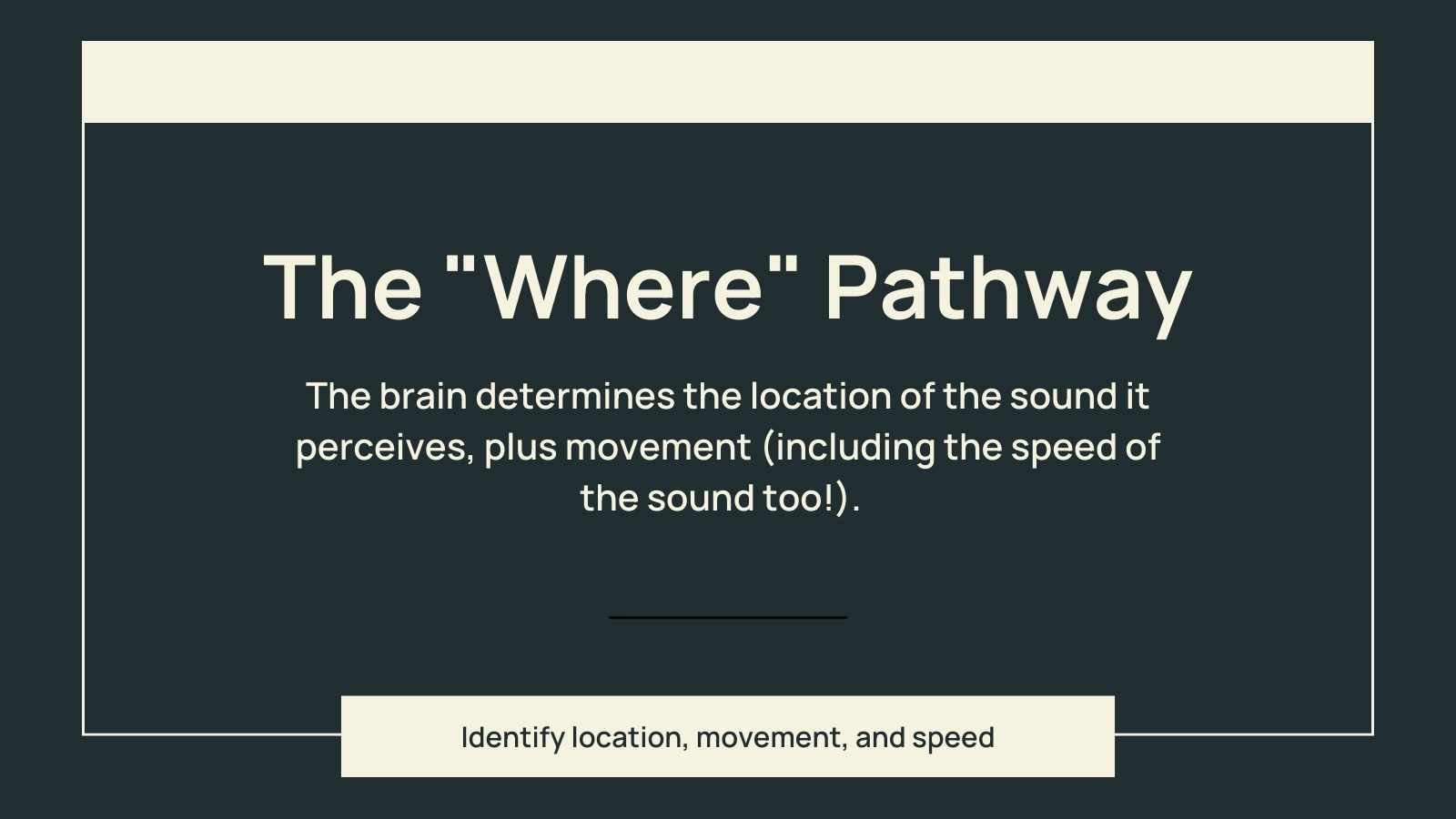
If the object is moving, is it moving quickly, toward me, or away from me? The brain uses the ventral pathway to determine spatial perception of the object.
Higher Level Processing

When the brain perceives speech, a lot of higher-level processing helps us to understand language, information about the speaker (e.g., male vs. female, familiar vs. unfamiliar talker, accents, and so on.), and other nuances within the conversation.
Higher level processing in the planum temporale helps us to determine whether an instrument is an oboe, violin, or bassoon.
The timbre of sounds we perceive is different from pitch, and humans can distinguish between these different sounds thanks to this processing ability.
Why is it important to understand the science behind hearing?
Hearing is a complex sense that helps us communicate and make sense of the world around us.
A normal auditory system funnels sound from the outside, down the ear canal, and up to the brain, where it is processed and interpreted. For those with hearing loss or auditory processing disorder, more listening effort is allocated to picking up the words or environmental sounds, with fewer mental resources available for higher-level processing.
The science behind hearing helps to explain how we interpret and understand the sounds that come into our ears. It's incredible to think about how our brains process sound and help us make sense of our environment.
Understanding this science can be valuable for both individuals who have normal hearing as well as those with hearing loss. With further advancements in understanding how the brain processes sound, researchers and audiologists can continue to make strides in providing better hearing solutions.
Key Takeaways
- The brain processes and differentiates sound
- The auditory cortex in the brain's temporal lobe is responsible for processing sound signals sent from the auditory nerve
- Treating or preventing hearing problems starts by understanding the science behind our auditory system






